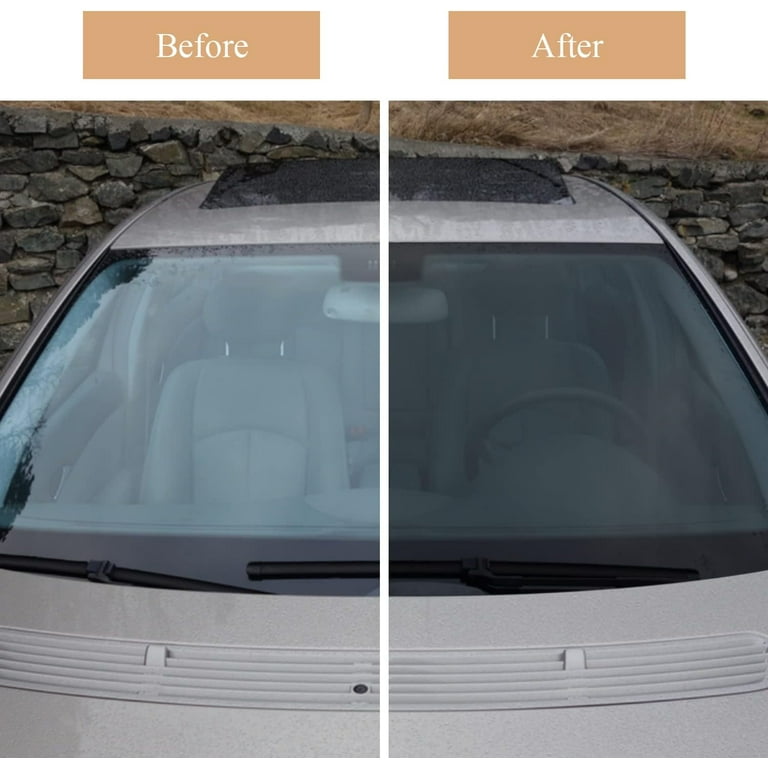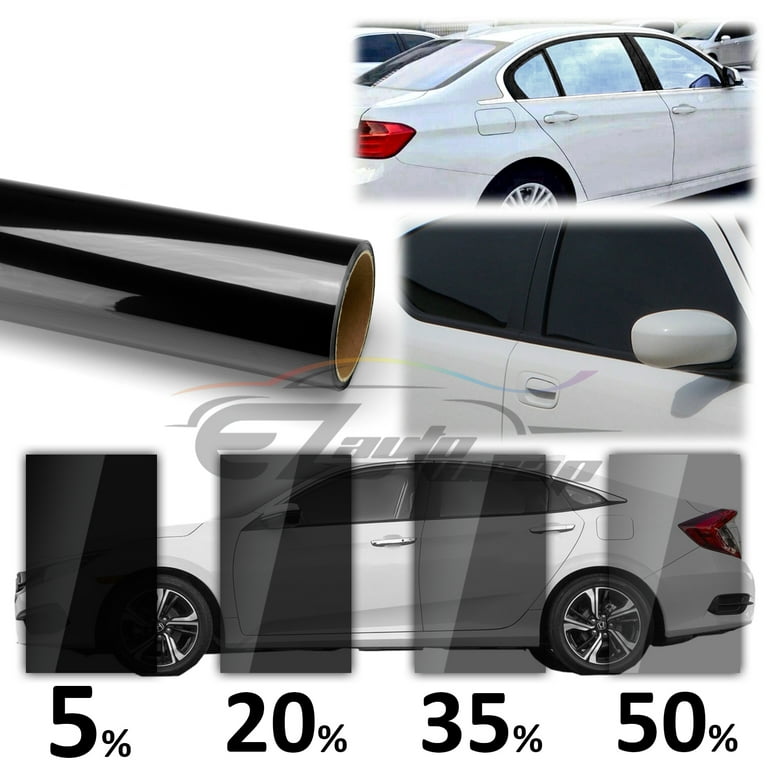Auto Window Tinting: What to Anticipate During the Installment Process
Auto Window Tinting: What to Anticipate During the Installment Process
Blog Article
Window Tinting Rules and Guidelines: What You Need to Know Prior To Tinting Your Automobile
Before waging home window tinting for your automobile, it is necessary to familiarize on your own with the varied laws and guidelines that regulate this practice throughout different states. These guidelines determine the permitted levels of tint darkness, usually measured by visible light transmission (VLT) portions, and consist of certain terms for front windshields focused on ensuring road safety. Furthermore, specific jurisdictions might use clinical exceptions for individuals with qualifying problems. Comprehending these intricacies can save you from prospective legal implications, yet what are the specific regulations in your state?
Summary of Home Window Tinting Rules
Home window tinting regulations are often based on variant throughout different territories, reflecting local guidelines and security factors to consider. These laws determine the permitted degrees of color darkness and reflectiveness on lorry home windows, making sure that motorists keep adequate visibility while additionally shielding against harmful UV rays and warm.
Most laws classify home window tinting based upon the Visible Light Transmission (VLT) percent, which indicates the quantity of light that can pass via the home window. Normally, reduced VLT percentages symbolize darker tints. Legislations typically set apart in between the front, side, and rear windows, with more stringent restrictions put on the front windscreen to boost security for both the vehicle driver and various other road users.
Compliance with window tinting guidelines is essential, as infractions can result in penalties, obligatory elimination of the color, and prospective boosts in insurance costs. It is necessary for automobile proprietors to familiarize themselves with regional legislations prior to proceeding with home window tinting installments.
State-by-State Tint Rules
Recognizing the particular window tinting policies in each state is essential for vehicle proprietors seeking to follow the legislation. Each state in the united state has developed its very own collection of policies regulating home window tinting, which can vary dramatically. These regulations typically determine the permitted degrees of tint darkness, the sorts of home windows that can be tinted, and any kind of medical exemptions that might apply.
As an example, states like California have stringent restrictions on tint darkness for front windows, while others, such as New Mexico, might permit darker colors. In addition, particular states mandate specific exposure percentages for various home windows, including the windscreen, front side home windows, and back windows. It is vital for cars and truck owners to familiarize themselves with their state's regulations to avoid possible penalties or fines.
In addition, some states might call for a qualification sticker to be put on colored home windows, showing conformity with state legislations. Failing to stick to these policies not only runs the risk of legal repercussions but can likewise affect safety and security and visibility while driving. Consequently, lorry owners need to perform detailed research or seek advice from local authorities to guarantee full understanding and conformity with state-by-state tint laws.
Allowed Color Degrees and Kinds
Lots of automobile owners might be amazed to find out that permitted color levels and kinds differ extensively across various states. Each state has developed its very own guidelines regarding the allowable darkness and reflectivity of window color, frequently gauged by Visible Light Transmission (VLT) portions. VLT refers to the quantity of light that can go through the tinted windows; therefore, a reduced percentage suggests a darker tint.

Furthermore, the sorts of tint materials allowed can vary, click for more info with some states forbiding mirror-like or metallic finishes. It is vital for lorry owners to familiarize themselves with their state's particular regulations to make certain compliance. Non-compliance can cause fines, compulsory removal of the tint, or other legal effects, making it important to comprehend these policies prior to proceeding with installation.
Medical Exemptions for Tinting
While not all states give allowances for medical exceptions regarding home window tinting, those that do identify the need for specific individuals to improve exposure and comfort because of medical conditions. Different medical problems, such as lupus, skin cancer, and specific eye conditions, can render individuals particularly conscious sunlight. Consequently, these people may call for darker colors to protect themselves from damaging UV rays and glare.

It is necessary to keep in mind that even with a clinical exemption, there might still be constraints on the level of tint allowed. Conformity with state laws makes certain that people are both secured and within legal restrictions. Those considering clinical exceptions must contact their local Division of Motor Vehicles or comparable authority to understand the demands and procedures needed to make an application for an exemption successfully.
Penalties for Non-Compliance
Falling short to conform with window tinting laws can bring about considerable penalties, which vary by state. Police are empowered to issue citations for vehicles that do not stick to the specified tinting regulations. These penalties usually consist of fines, which can range from small amounts to several hundred dollars, depending on the extent of the infraction and the state concerned.
In some jurisdictions, repeated offenses may lead to intensifying penalties or additional charges, such as compulsory court appearances. Non-compliance may necessitate the removal of illegal tinting, typically at the owner's expense. In extreme instances, regular transgressors might encounter suspension of their automobile enrollment until compliance is achieved.
Furthermore, insurance policy ramifications may emerge from obtaining several citations for home window color offenses. Insurance providers may see such infractions as a sign of riskier have a peek at this website behavior, potentially leading to increased costs or problem in insurance coverage.
To avoid these fines, it is important for car proprietors to acquaint themselves with their regional window tinting regulations and make certain that their automobile complies (Window Tinting). This positive method not just avoids lawful ramifications however also promotes roadway safety and security
Final Thought

Most policies classify home window tinting based on the Visible Light Transmission (VLT) percent, which shows the amount of light that can pass with the home window. Conformity with home window tinting policies is important, as infractions can result in penalties, required elimination of the tint, and potential boosts in insurance coverage costs.Recognizing the details home window tinting laws in each state is important for car proprietors looking for to abide with the legislation. These guidelines usually determine the permitted levels of tint darkness, the types of home windows that can be tinted, and any kind of clinical exceptions that might apply.
For instance, states like The golden state have strict restrictions on tint darkness for front windows, while others, such as New Mexico, may permit darker tints.
Report this page